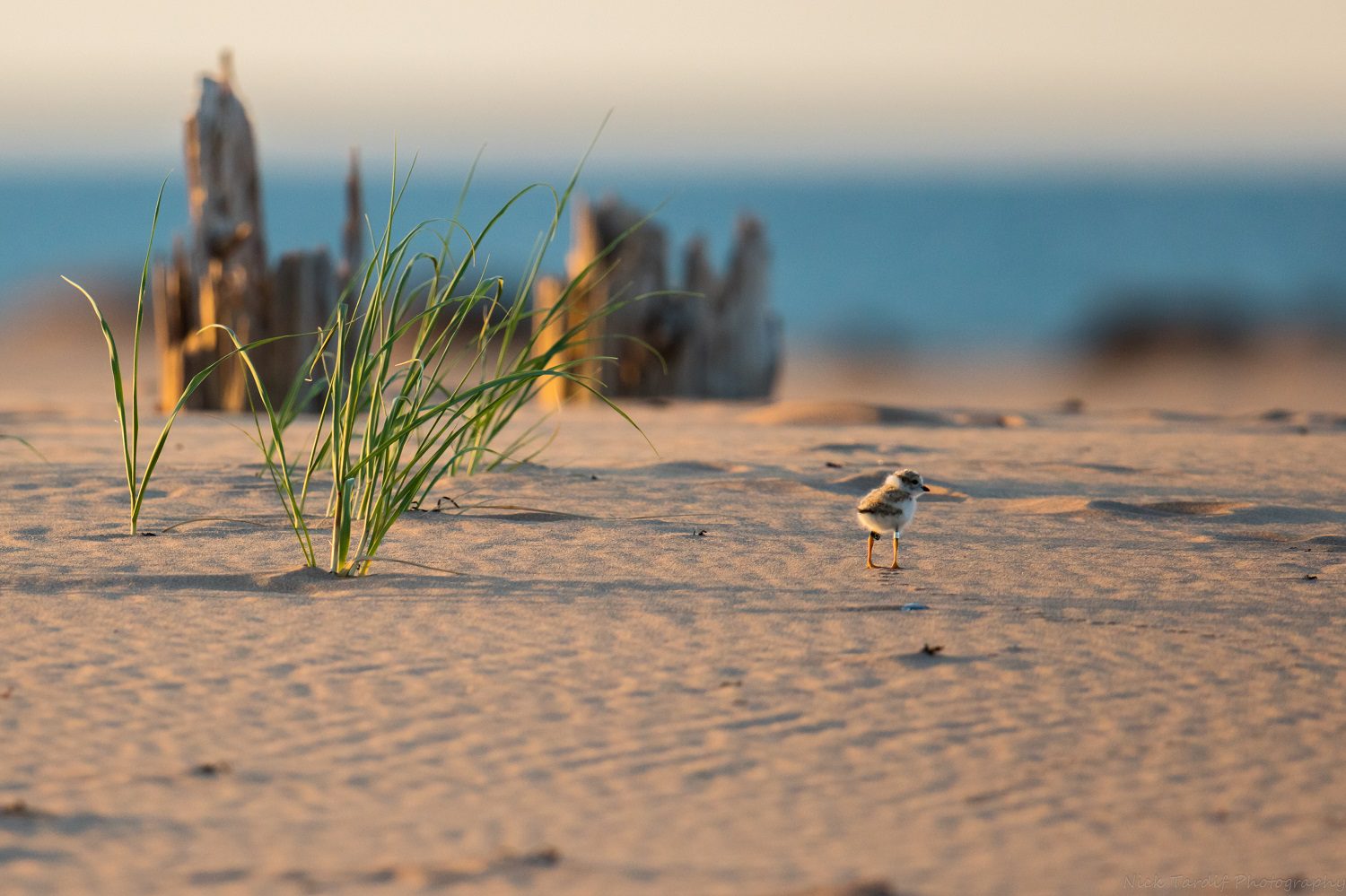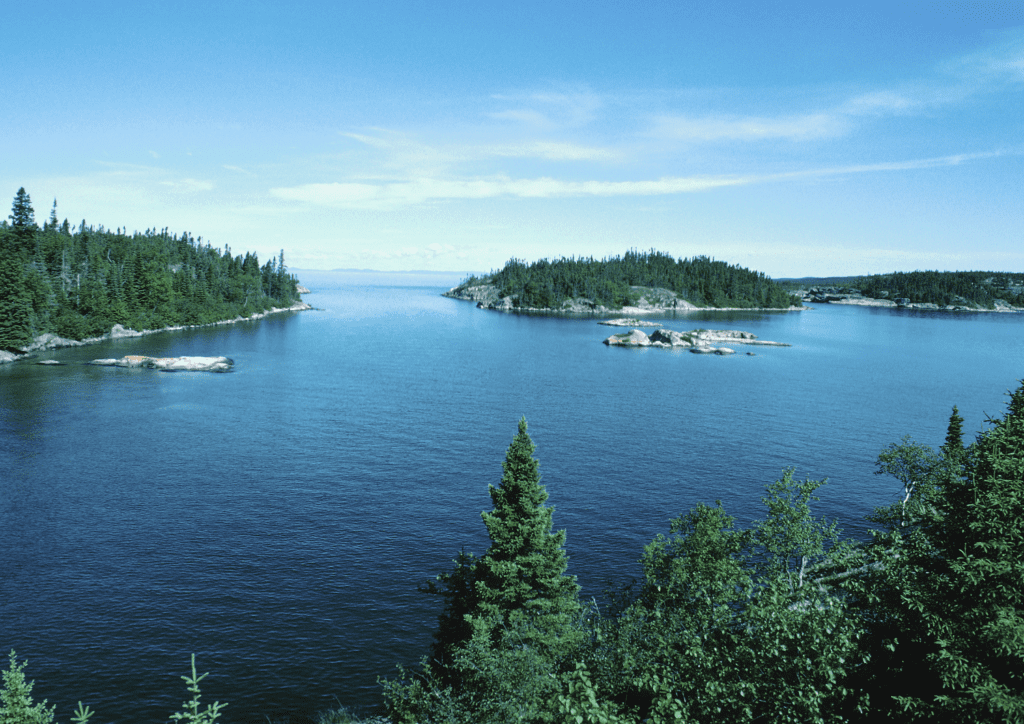Edit: This blog has been updated with the date of the Town’s court hearing.
After a thirty year absence, and decades of important conservation work, endangered Piping Plovers finally returned to Lake Huron’s shores at Sauble Beach in 2007. Since 2015, however, their return has been under threat.
The Town of South Bruce Peninsula has been raking and bulldozing sand dunes in the fall and spring to reduce the natural vegetation on Sauble Beach. These dunes are vital piping plover habitat, and as such are protected by law under the Endangered Species Act (ESA). The Ministry of Natural Resources and Forestry (MNRF) repeatedly threatened to charge the Town, but consistently failed to act. A fact the Mayor has remarked about publicly.
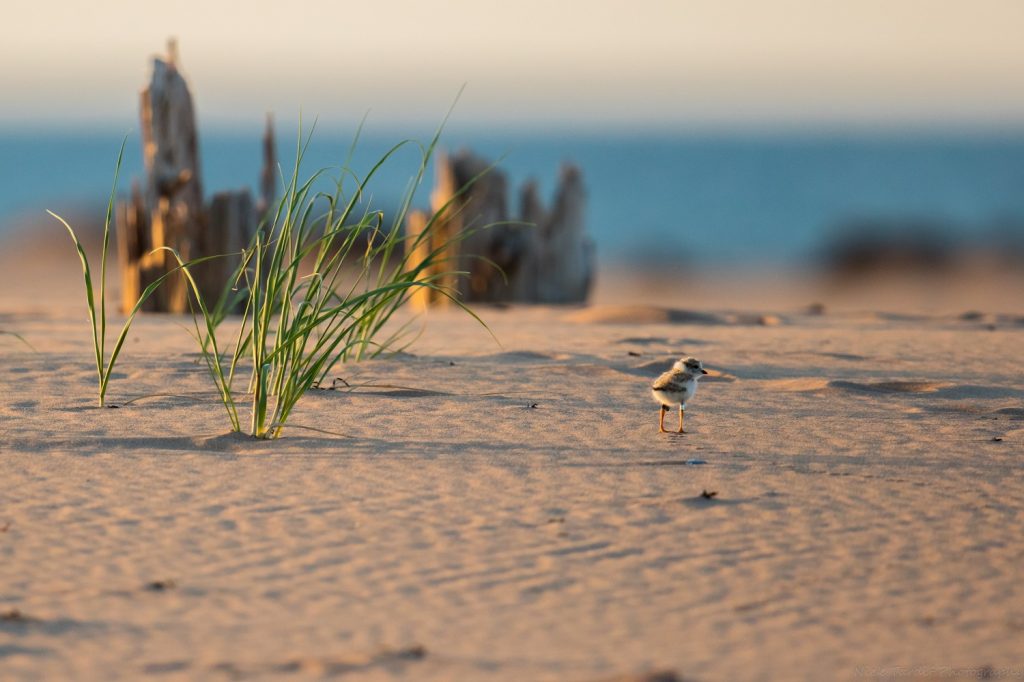

Legal action under the Endangered Species Act
When we learned that this spring the Town planned to once again take a bulldozer to vegetation and important habitat features, we partnered with Ecojustice and Ontario Nature to ask the Ministry of Natural Resources and Forestry (MNRF) to ask them again to take action.
Finally, on March 23 this year, the MNRF charged the town under the ESA for the destruction that took place last year. They also issued a Stop Work Order to prevent them conducting these activities again this spring.
UPDATE: The Town has been summoned to appear in court June 23, in Owen Sound. They plan to fight the Endangered Species Act charge, and have submitted paperwork to appeal the stop work order.
This action by the MNRF is welcome, if overdue. The town has been removing vegetation and compromising plover habitat for years. The municipality’s destruction of these ecosystems even resulted in the loss of Sauble Beach’s Blue Flag status in 2015. Since then the town undertook illegal spring maintenance activities every year, in direct violation of the spring ban on disturbing piping plover habitat.
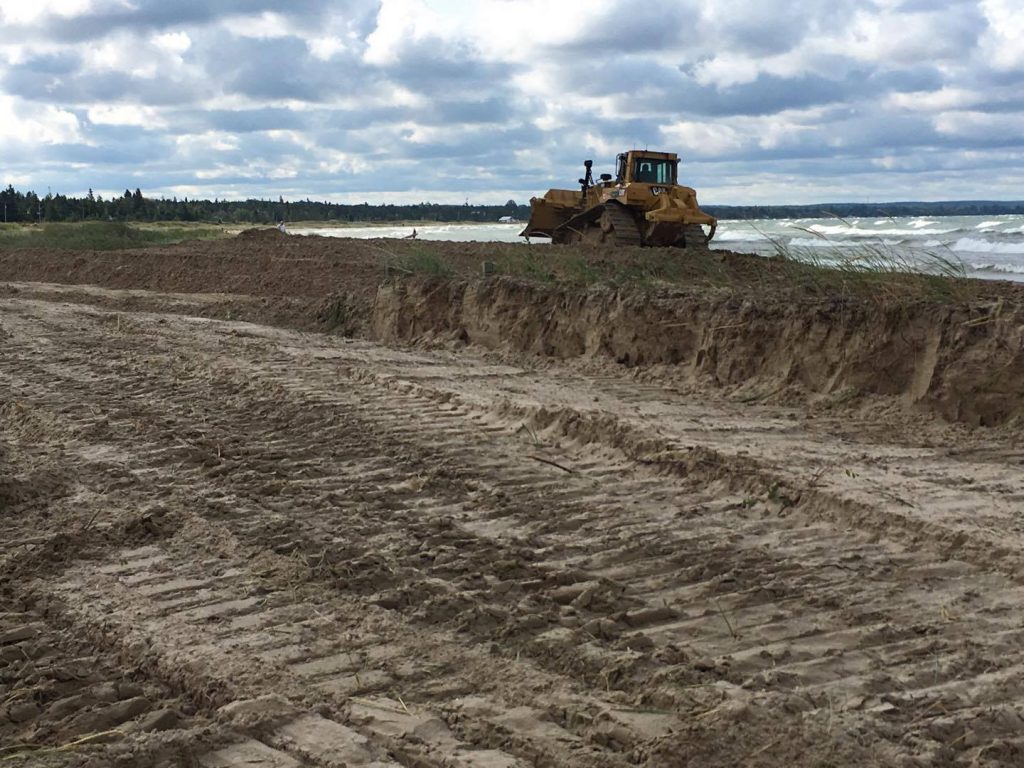

Is this really what the tourists want?
The sad thing is that this war against piping plovers and their sensitive habitat was all justified in the name of tourism. The town is of the view that tourists don’t want to visit natural beaches with dune systems and vegetation, but this simply does not ring true. Some of the most popular beaches in Ontario, such as Wasaga, Sandbanks, and Grand Bend all have dune systems that attract beach goers and environmentally responsible tourists alike. Visitors who are able to co-exist with the shoreline ecosystem.
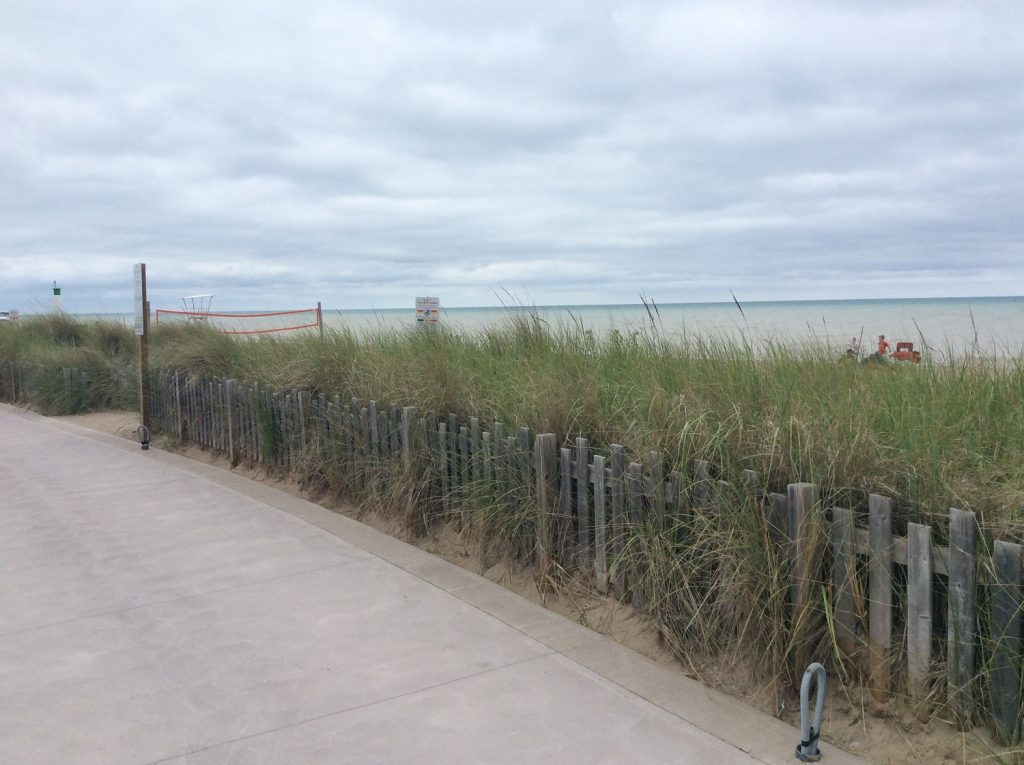

What’s bad for the beach is bad for the town
Destroying the dunes doesn’t just affect the habitat of endangered species. It also leads to greater erosion on the beach, especially when water levels are high as they have been in recent years. Once the dunes are gone they are very slow to recover, and only do so when the water levels fall. In the meantime, homes along the beachfront road are put at risk from driving wind and high waves, affecting residents and cottagers alike.
If the municipality was really interested in preserving the beach as a key tourism attraction, they would stop destroying dune ecosystems that help hold sand in place. Failure to do so will lead to the long term degradation of the shoreline and decreased tourism activity – exactly what they claim to want to avoid.
While charges under the ESA and the stop work order are positive and important steps, they are not a long term solution. Now citizens, the MNRF and the Town of South Bruce Peninsula need to develop and implement a beach maintenance plan that includes protecting dune ecosystems, supporting endangered species habitat, and managing the beach for long-term sustainability. It has been done elsewhere along Lake Huron, and it can be done at Sauble Beach.


